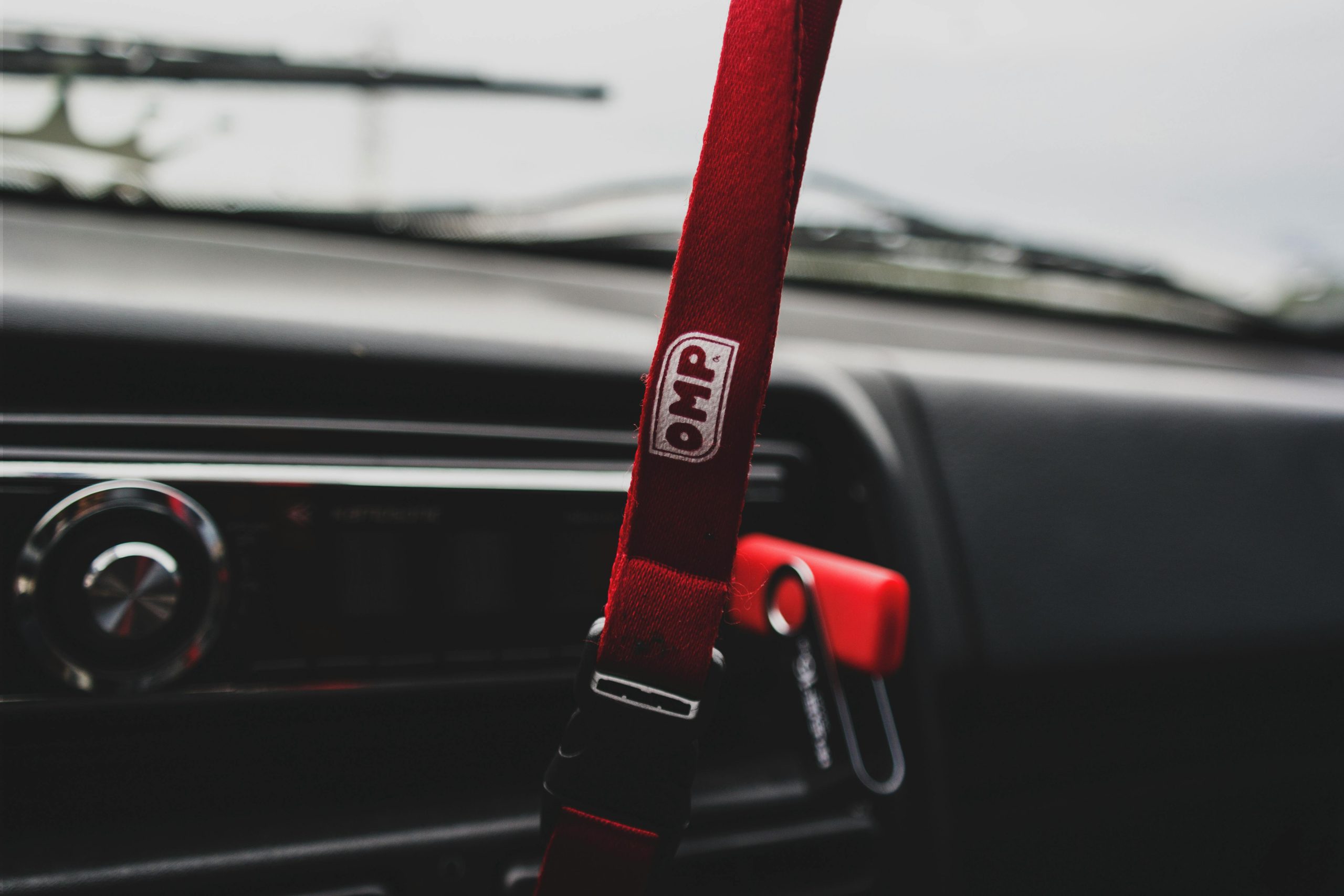Title: Troubleshooting a USB Drive That’s Not Being Recognized: Causes, Solutions, and Insights
In the modern world of technology, USB drives have become indispensable tools for data storage and transfer. However, like all technology, they aren’t immune to problems. One of the most common issues faced by many users is when a USB drive isn’t recognized by their computer. In this blog post, we’ll dive deep into this problem, explore possible causes, troubleshoot solutions, and provide insights into ensuring your USB drive remains functional.
Understanding the Problem: USB Drive Not Being Recognized
Scenario Overview
Imagine this: You plug your USB drive into your laptop and, instead of the usual prompt or a notification of access, all you see are the options to “Open devices and printers” or just an ambiguous “…” offer. Your USB drive isn’t showing up, and you’re left wondering if it’s dead or if there’s a possibility of recovering it.
Possible Causes for a USB Drive Not Being Recognized
Before jumping to conclusions, it’s crucial to understand the reasons behind an unrecognized USB drive:
- Physical Damage
-
While USB drives are relatively sturdy, they can suffer from physical wear and tear or damage from falls, which can impede their functionality.
-
Driver Issues
-
Often, the computer’s inability to recognize a USB drive may be due to outdated, corrupted, or missing drivers.
-
Faulty USB Ports
-
Sometimes, the issue isn’t with the USB drive at all, but with the USB port. A faulty or damaged port may fail to establish a connection.
-
File System Errors
-
USB drives can sometimes develop file system errors which render them unreadable by the operating system.
-
Virus or Malware
-
Malicious software can corrupt the USB drive’s file system, rendering it inaccessible.
-
Compatibility Issues
-
Incompatibility between the USB drive’s file system and the OS of the computer can cause recognition issues.
-
Power Supply Issues
- Some USB ports, particularly those on older machines, may not provide sufficient power for some USB drives.
Initial Troubleshooting Steps
Before considering the drive dead, you can perform several checks and basic troubleshooting steps:
1. Check Physical Connections
- Inspect the USB Port: Ensure that the USB port is clean and not damaged. You can try using a different port.
- Try Another Device: Insert the USB drive into another device to determine if the issue persists. If it works on a different device, the problem is likely not with the USB drive.
2. Examine Device Manager (Windows)
- Access Device Manager: Navigate to Device Manager by right-clicking the Start button and selecting the Device Manager option.
- Update Drivers: Look for the USB section and update the driver software for your USB drive. If the device isn’t listed, check under ‘Universal Serial Bus controllers’ for ‘Unknown device’ entries.
3. Use Disk Management (Windows)
- Open Disk Management: Type ‘disk management’ in the search bar and open “Create and format hard disk partitions”.
- Check for Drive Detection: Look for your drive in the list. Sometimes, it’s detected but not initialized. You may need to right-click and select ‘Initialize Disk’.
4. Utilities for macOS
- Finder or Disk Utility: For macOS users, open Disk Utility to check if the drive is listed there. Sometimes, it’s simply not mounted and can be mounted manually.
Advanced Solutions for USB Drive Recovery
1. Reinstall USB Controllers
- Open Device Manager, expand the ‘Universal Serial Bus controllers’, and right-click USB Root Hub. Select ‘Uninstall device’, then restart your computer to reinstall.
2. Update or Roll Back Drivers
- If the driver update doesn’t work, you can try rolling it back to a previous version if it was functioning correctly before.
3. Use Data Recovery Software
- Although there’s nothing important on the drive yet, if you needed to recover data, use reliable data recovery software like Recuva or EaseUS Data Recovery Wizard.
4. Change Drive Letter
- In Disk Management, right-click your drive and choose ‘Change Drive Letter and Paths’. Assign a new letter to see if it becomes accessible.
5. Run Hardware and Devices Troubleshooter (Windows)
- Access Control Panel, select ‘Troubleshooting’, and click on ‘Hardware and Sound’. Choose the Hardware and Devices troubleshooter and follow the prompts.
Preventive Measures to Keep USB Drives Healthy
1. Safely Eject Drives
- Always use the ‘Safely Remove Hardware’ option to physically disconnect USB drives without causing data corruption.
2. Regularly Backup Data
- Regular backups help mitigate data loss from unexpected drive failures.
3. Keep Drivers Updated
- Ensure all drivers on your computer are up-to-date to prevent compatibility issues.
4. Avoid Physical Damage
- Handle USB drives with care, protecting them from drops, moisture, and extreme temperatures.
5. Protect Against Malware
- Use reputable antivirus software to protect your computer and connected devices from malicious threats.
Conclusion
A USB drive not showing up can be a nerve-wracking experience, especially when critical data is at stake. However, understanding the causes and following systematic troubleshooting steps can often remediate the problems without much hassle. And while this guide is helpful when facing issues, being mindful of preventive maintenance can considerably reduce the frequency of such occurrences, extending the life of your USB drives and keeping your data safe and sound. With these insights and tools at your disposal, USB drive issues may just become a blip on your technological radar, easily managed and resolved.
Share this content:



Response:
Hi there!
It can be incredibly frustrating when a USB drive doesn’t show up, especially if you’re relying on it for important data. Your post does a fantastic job of detailing potential causes and initial troubleshooting steps. Here are some additional tips and insights that might aid in resolving the issue:
Hi there,
Thank you for reaching out with your concern about your USB drive not showing up. Based on the troubleshooting steps outlined in the post, I recommend the following systematic approach:
If these steps